Keeping Your Kitchen Pest-Free
Running a restaurant is a labor of love. From crafting delicious dishes to creating a welcoming atmosphere, every detail matters. But there's one detail that's often overlooked until it's too late: pest control. Uninvited guests like rodents, insects, and other pests can spell disaster for your restaurant’s reputation and health standards. Let's dive into some practical tips to keep your kitchen pest-free and ensure your diners always have a great experience.
Why Pest Control Matters
First, let’s talk about why pest control is so critical. Pests can contaminate food, spread diseases, and cause structural damage. A single sighting of a cockroach or a rat can lead to bad reviews and even health department citations. Keeping your restaurant pest-free isn’t just about maintaining a clean image; it’s about safeguarding your business’s reputation and your customers' health.
Understanding the Common Culprits
In the bustling environment of a restaurant, knowing the pests you're up against is the first step in effective pest control. Different pests pose different risks and challenges, so let’s take a closer look at the most common culprits that could invade your establishment.
Rodents: Mice and Rats
Rodents are attracted to the abundance of food and shelter in restaurants. They are notorious for contaminating food, causing structural damage, and spreading diseases such as Salmonella and Hantavirus.
Signs to Watch For:
- Droppings: Small, dark pellets, often found in hidden areas.
- Gnaw Marks: Look for chewed wires, wood, and food packaging.
- Nests: Made from shredded paper, fabric, and other soft materials.
- Noises: Scratching or scurrying sounds, especially at night.
Insects: Ants, Cockroaches, and Flies
Ants can contaminate food and spread bacteria. They often enter in search of food and water. Cockroaches are resilient and can spread various diseases, including E. coli and Salmonella. They thrive in warm, moist environments. Flies can carry and spread bacteria and pathogens, contaminating food and surfaces.
Signs to Watch For:
- Trails of ants, especially near food sources, and small piles of dirt or sand indicating a nest.
- Droppings (small, dark, and cylindrical), shed skins, egg cases, and a distinctive musty odor.
- Adult flies buzzing around,
- larvae (maggots) near trash bins or decaying food.
Stored Product Pests: Beetles and Weevils
These pests infest dry goods like flour, rice, and cereals. They can contaminate food products, making them unusable and leading to significant waste.
Signs to Watch For:
- Larvae or Adults: Small beetles or worms in food products.
- Webbing: Fine silk webbing inside packages.
- Damage: Holes in food packaging.
Understanding the specific pests in your restaurant and what to look for is an important step in stopping pests before they become a problem. By knowing the signs and taking proactive measures, you can prevent infestations before they start. Remember, each type of pest requires a tailored approach, so stay vigilant in keeping your establishment pest-free.
Tips for Preventing Bug infestations
Tip 1: Maintain Cleanliness
The foundation of any pest control strategy is cleanliness. Pests are attracted to food scraps and spills, so keeping your kitchen spotless is crucial. Your employees clean daily but it’s also important to regularly schedule deep cleanings to get hard to reach areas or those areas that don’t get regularly cleaned.
In addition to cleaning, make sure that trash cans are tightly sealed when not in use and cleaned regularly.
Tip 2: Inspect Deliveries
Believe it or not, but your fresh produce deliveries can bring pests directly into your kitchen. Make sure to carefully inspect the boxes and produce that is delivered to your establishment right away.
We have encountered all sorts of pests from maggots to a family of mice tucked away in delivery boxes of both food and non food deliveries.
Tip 3: Seal Entry Points
Pests do not need a lot of space to find their way into your restaurant. While it can be difficult to find and cover every crack, it’s recommended that you seal all cracks and ensure all door sweeps are properly installed.
Tip 4: Partner with a Professional Pest Control Service
While there’s a lot you can do on your own, it takes an expert to fully protect your establishment from pests. Even kitchens with the strictest cleaning procedures can run into pest problems without partnering with a professional pest control company.
Scheduling preventative services and having a regular inspection can help ward off pests before they become a serious problem. And if there are visible signs of pests, they can be dealt with immediately.
Don’t wait until the health inspector comes
Bugs can show up anytime. Take preventative steps like hiring a pest control company that specializes in
restaurant pest control. Even if you don’t see a pest, but see signs, make sure to call a pest control expert.
Keeping your restaurant pest-free requires vigilance, but the payoff is worth it. By maintaining cleanliness, inspecting deliveries, sealing entry points, implementing an IPM program, and partnering with professionals, you can ensure your restaurant remains a safe and welcoming place for your customers. After all, the only guests in your restaurant should be the ones who come for your delicious food and excellent service!
Remember, a proactive approach to pest control is the best way to protect your restaurant’s reputation and success. If your restaurant is a Maryland based establishment then call us for your proactive pest control services. We are one of the
best pest control companies in Maryland and serve Anne Arundel, Howard, and Baltimore Counties. Give us a call.
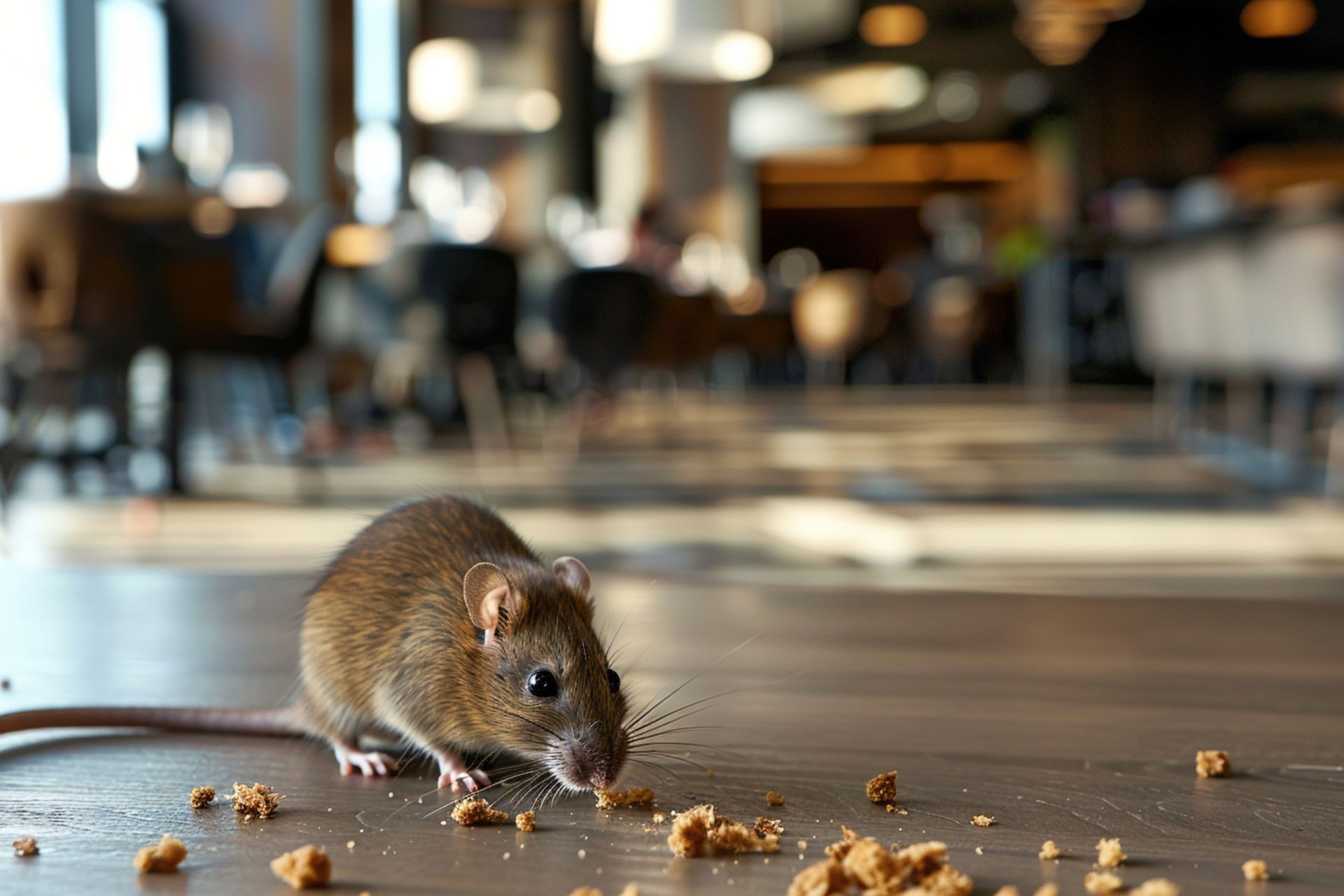
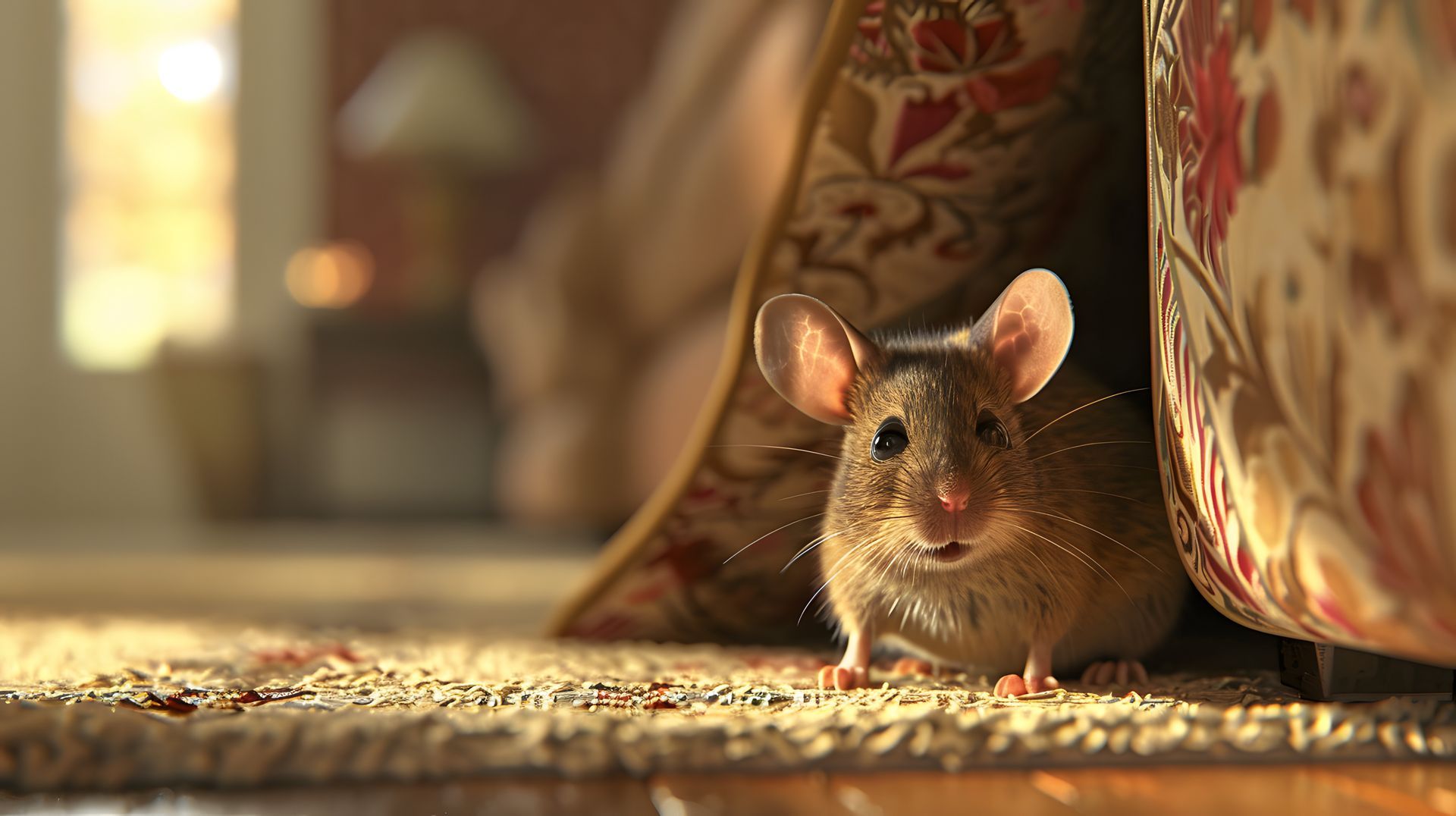
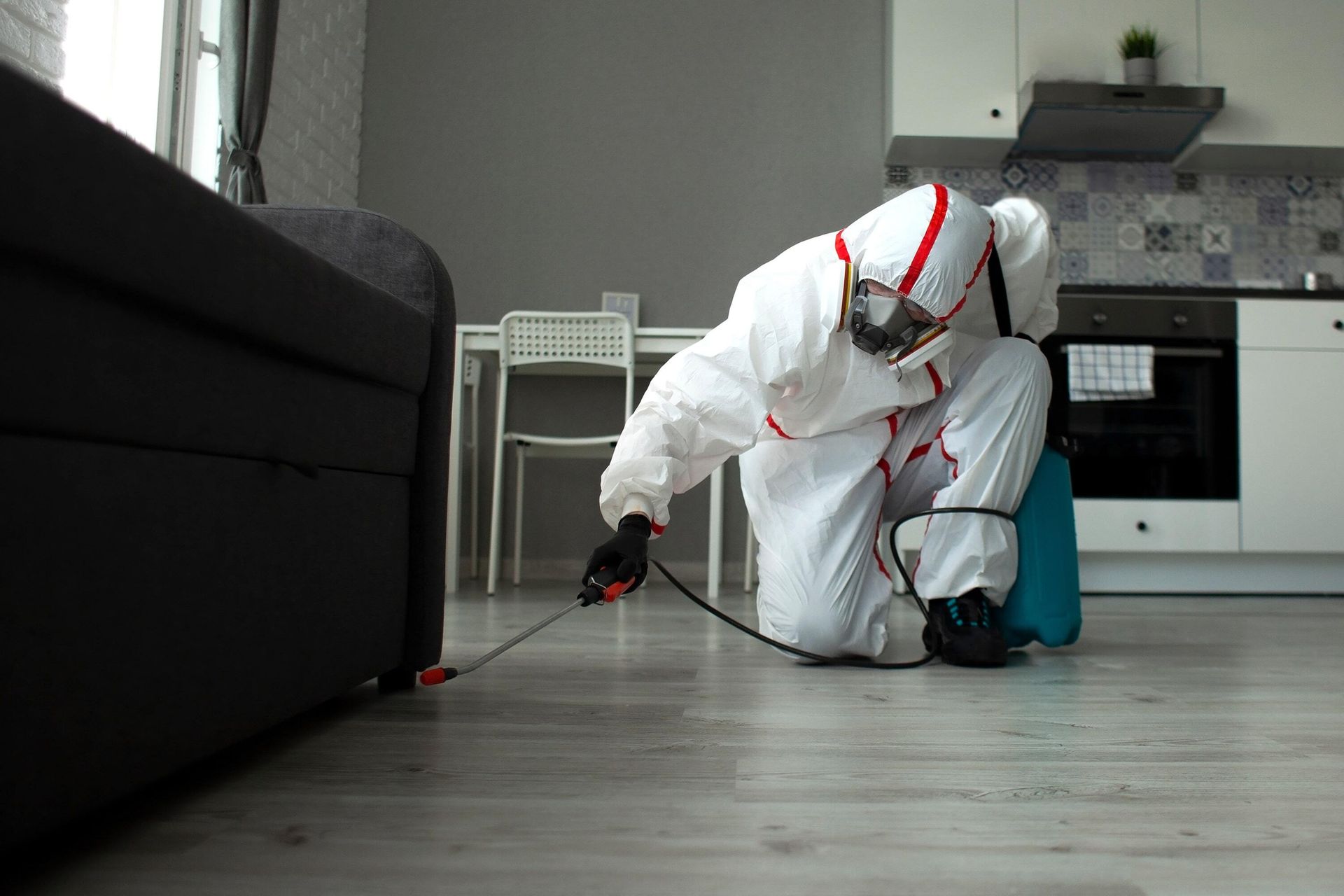





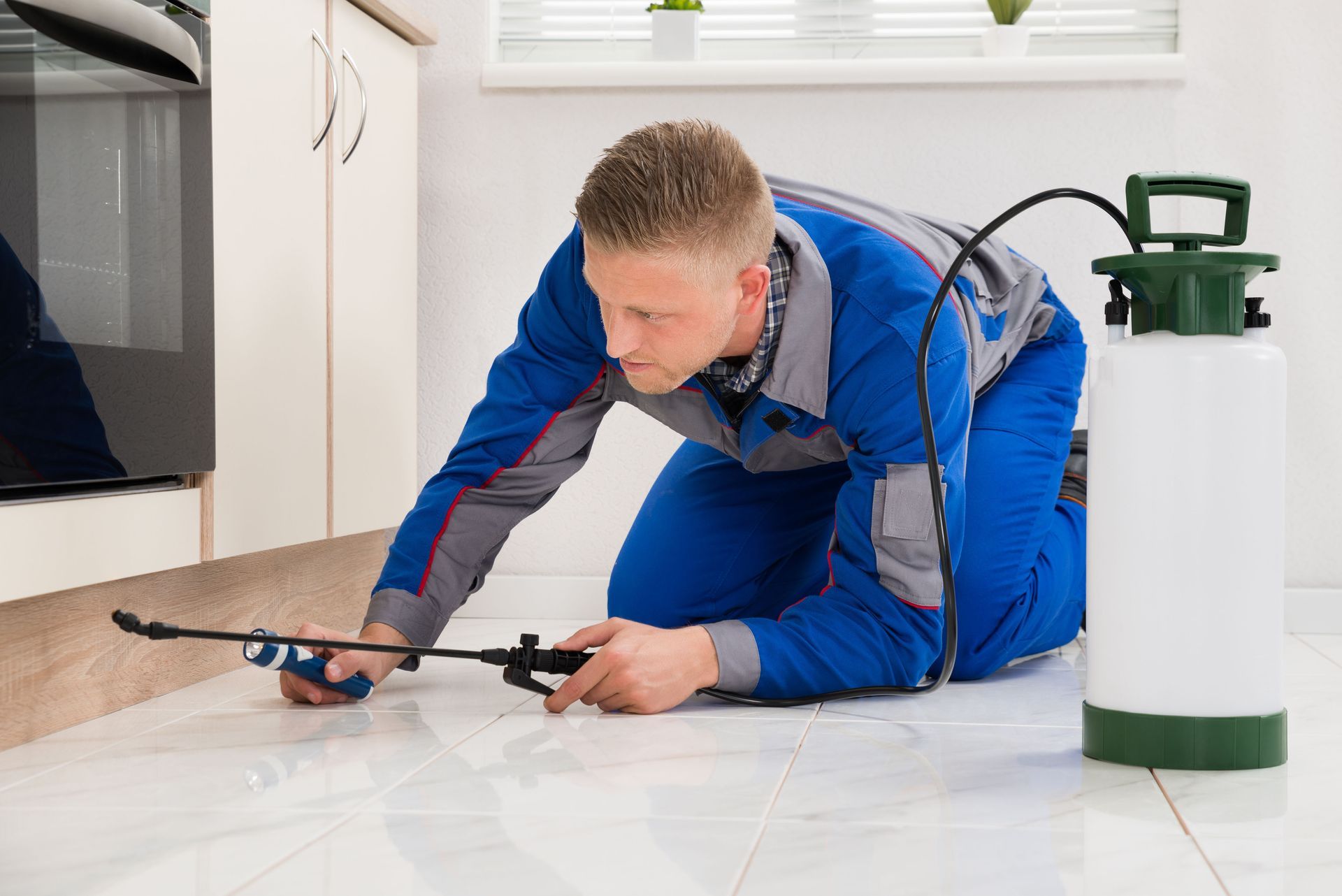


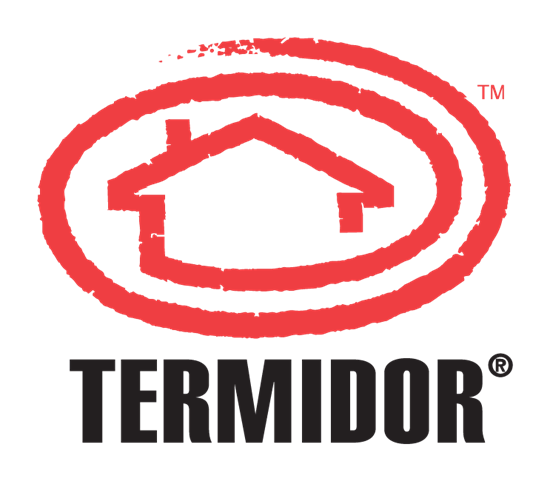




Share On: